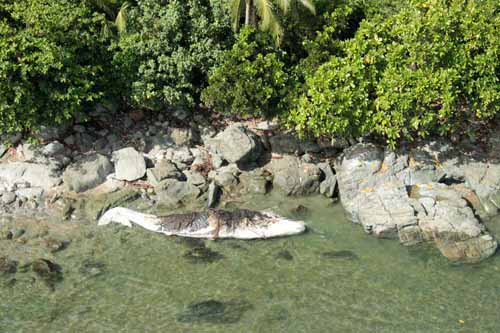
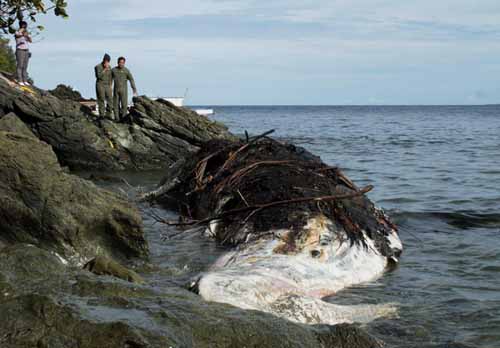
It will be one month tomorrow when fishermen plying their route near the waters off barangay Carogcog of the town of Rapu-rapu sighted a dead sperm-whale. According to informed sources, it was a young male that measures 15 meters long, 7.5 meters in diameter and 3 meters wide and weighs approximately 20 tons. The news about the finding of the dead whale made it to the local and national media but not much details was made known about the cause of its demise.
The local office of the Bureau of Fishiries and Aquatic Resources (BFAR) has no other follow-up report as to the real cause of the spem whale’s death despite it’s pronouncement that its team will conduct an autopsy for the purpose.
Agents of the BFAR were dispatched to the scene on July 22nd and made an investigation. Later, there was an attempt to burn the sperm whale but eventually was halted upon request from Manuel Rangasa, the executive director of the Center for Initiative on climate Adaptation (Circa).
Circa plans to recover the bones after the mammal has naturally putrefied and completely corroded, which process may take about six months. Rangasa aims to study and preserve the carcass for display at the Bicol University in Legazpi city.
A physical inspection team composed by Rapu-rapu mayor Nora Onate with Col. Guillermo Molina of the Technical Operations Group-Philippine Air Force- Bicol and the director of the office of civil defense Bernardo Alejandro decided the presence of the dead whale in the area possess no health hazard whatsoever because of its remote location and distance from the nearest population center which is a 15-minute boat ride away.
The recent discovery of the humongous dead sperm whale is one (among the many) thorny issue that is being blamed and connected to the current mining operations in the island of Rapu-rapu.
More than four years ago on January 25, 2006, a dwarf sperm whale, 2 meters long, 2 feet in diameter and weighs about 70 kilograms was also found dead in almost the same area. Ensuing laboratory tests by the Philippine Institute of Pure and Applied Chemistry of Ateneo de Manila University revealed that its blood, flesh, liver and intestines were contaminated with mercury, cadmium and copper.
It will be recalled that in October 2007 separate tailings spills occurred at the mine site of Lafayette Phils. Inc. in Rapu-rapu and since then the spills, which allegedly contained high level of cyanide, has been blamed by anti-mining groups as the main cause of several fish kills in coastal villages near the mine site in Rapu-rapu and neighboring coastal towns in the province of Sorsogon.
Concerned citizens resorted to publishing more information about the Rapu-rapu mine using the internet. Here’s one:
- Colgante Bridge Downfall Fatalities and New Beginnings - November 21, 2023
- The Sorrows and Pains of Colgante Bridge Downfall - November 21, 2023
- Peñafrancia Fluvial Downfall of Colgante Bridge - November 21, 2023





































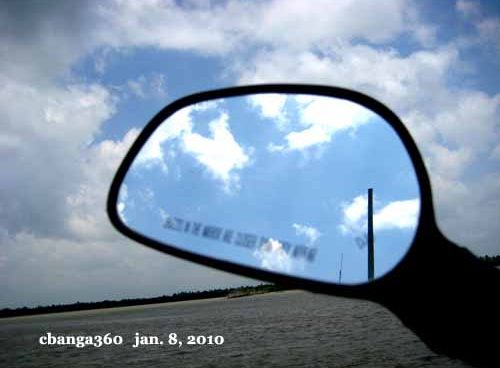
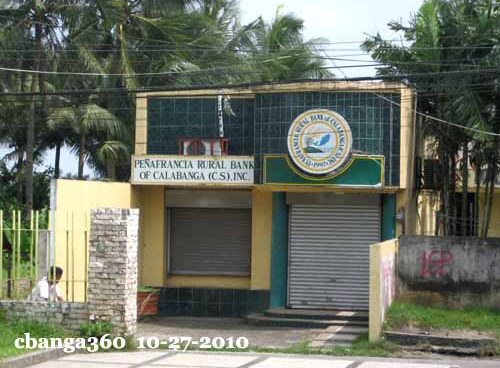




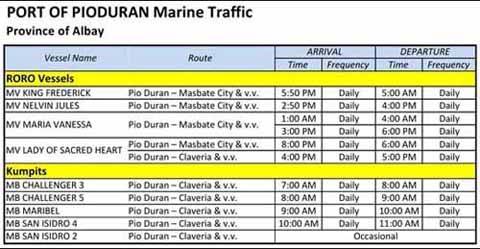


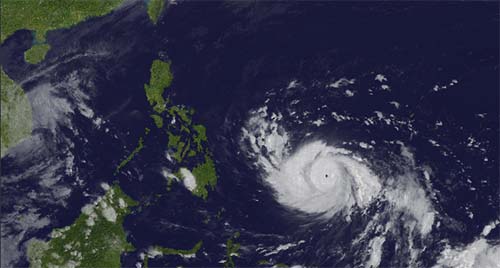




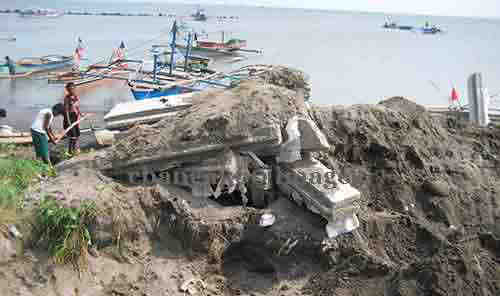







nice post. thanks.
WONDERFUL Post.thanks for share.
Wow this is a great resource.. I’m enjoying it.. good article.
Very informative post.
Me visit you site many times, I want to say thank you for assisting with my English.
Merely want to say your article is stunning. The clarity in your post is simply spectacular and i can assume you are an expert on this subject. Well with your permission allow me to grab your rss feed to keep up to date with succeeding post. Thanks a million and please keep up the authentic work.